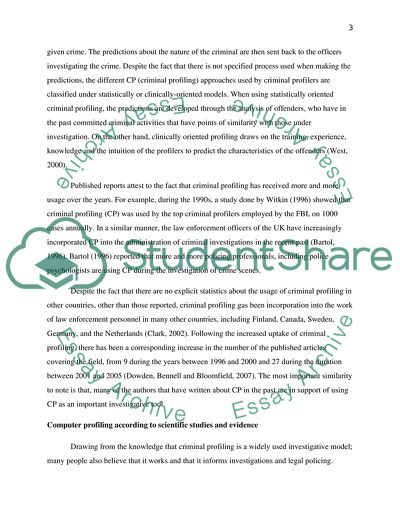Cite this document
(“CR2009 PSYCHOLOGY AND CRIME Essay Example | Topics and Well Written Essays - 4000 words”, n.d.)
Retrieved from https://studentshare.org/law/1644782-cr2009-psychology-and-crime
Retrieved from https://studentshare.org/law/1644782-cr2009-psychology-and-crime
(CR2009 PSYCHOLOGY AND CRIME Essay Example | Topics and Well Written Essays - 4000 Words)
https://studentshare.org/law/1644782-cr2009-psychology-and-crime.
https://studentshare.org/law/1644782-cr2009-psychology-and-crime.
“CR2009 PSYCHOLOGY AND CRIME Essay Example | Topics and Well Written Essays - 4000 Words”, n.d. https://studentshare.org/law/1644782-cr2009-psychology-and-crime.


